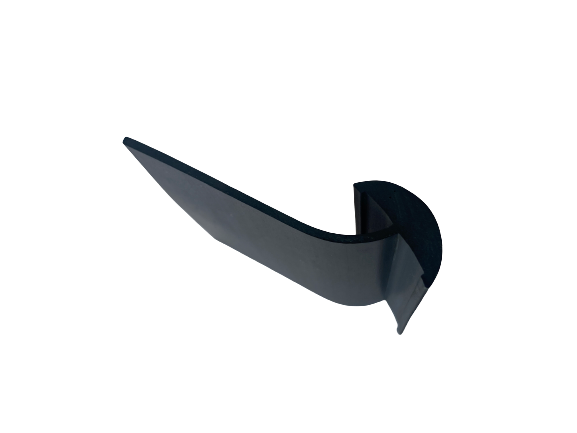Aug . 18, 2024 13:22 Back to list
Choosing the Right Large Dock Fenders for Optimal Marine Protection and Safety
Understanding Large Dock Fenders Essential Components for Maritime Safety
In the maritime industry, the protection of docks and vessels during berthing and unberthing operations is of paramount importance. Large dock fenders play a crucial role in ensuring the safety of both ships and infrastructure. These protective devices are designed to absorb and dissipate the energy generated during the impact between a ship and the dock, thereby preventing structural damage and enhancing the overall operational efficiency of ports.
Types of Large Dock Fenders
Large dock fenders come in various shapes and sizes, each tailored to meet specific operational needs. The most common types include cylindrical, square, and cone-shaped fenders. The choice of fender typically depends on factors such as the size of the ships, the docking environment, and the required energy absorption capabilities.
Cylindrical fenders, for instance, are widely used in various marine applications due to their versatility and effective energy absorption. They can be mounted both vertically and horizontally on docks, providing flexibility in installation. Square fenders, on the other hand, are often employed in commercial ports where larger ships are frequent, as they offer a larger surface area for impact distribution. Cone-shaped fenders are designed to ensure that vessels are guided into the ideal berthing position while absorbing significant impact energy.
Materials Used in Dock Fender Construction
The materials used in the construction of large dock fenders significantly impact their performance and longevity. Traditionally, fenders were made from solid rubber; however, advancements in material technology have introduced a range of synthetic composites that enhance durability and weather resistance. Some fenders are even equipped with innovative features such as foam cores, which provide additional buoyancy and energy absorption.
large dock fenders

Rubber, known for its excellent elasticity and resistance to various environmental factors, remains a popular choice. High-performance fenders often utilize a combination of natural and synthetic rubber to optimize their performance under diverse conditions. Moreover, the incorporation of additives can enhance resistance to UV rays, saltwater, and other corrosive elements, thereby extending the operational lifespan of the fender.
Installation and Maintenance Considerations
Proper installation of large dock fenders is essential to ensure their effectiveness. The design and engineering of docking structures must take into account factors such as the type of vessels expected, tidal variations, and the specific characteristics of the docking environment. Engaging experienced marine engineers for the planning and installation phases is crucial to guarantee that fenders are positioned correctly to provide optimal protection.
Maintenance of dock fenders is equally important to ensure their long-term efficacy. Regular inspections should be conducted to identify signs of wear, tear, or damage. It is advisable to have a maintenance schedule in place to address any issues proactively, thereby avoiding costly repairs or replacements in the future. This includes checking for surface abrasions, ensuring proper alignment, and confirming that all securing fixtures remain intact.
Conclusion
Large dock fenders are indispensable components of maritime infrastructure, playing a vital role in safeguarding vessels and docking facilities. By understanding the types, materials, and maintenance of these fenders, port authorities and maritime operators can enhance their operational safety and efficiency. As the maritime industry continues to evolve, incorporating advanced technologies in fender design and construction will further improve the reliability and effectiveness of these essential protective devices, ensuring smooth and safe maritime operations for years to come.




